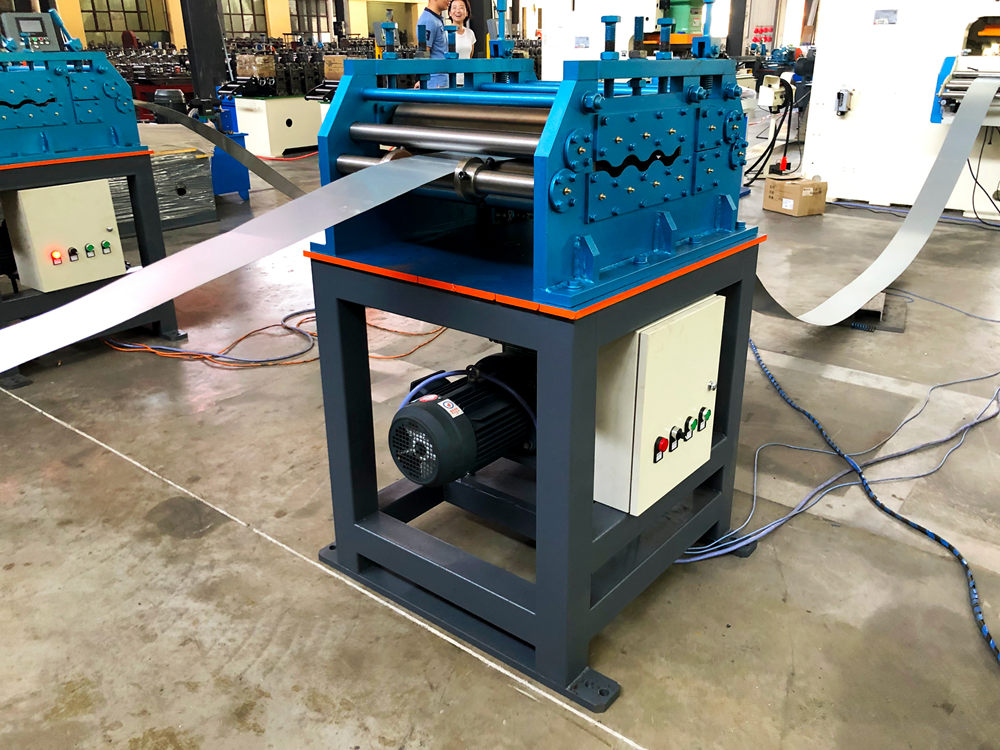
Understanding Cut-to-Length Machines Efficiency and Precision in Metal Processing
In the realm of metal processing, efficiency and precision are paramount. As industries continue to evolve, the demand for high-quality and accurately sized metal products has increased exponentially. One of the pivotal machines that facilitate this demand is the cut-to-length machine. This sophisticated equipment plays a vital role in transforming lengthy metal coils into specific lengths with unparalleled precision, ensuring that manufacturers can meet their production needs effectively.
What is a Cut-to-Length Machine?
A cut-to-length machine is a specialized piece of industrial equipment designed to cut long lengths of metal sheets or coils into predetermined shorter lengths. The machine operates by unrolling a metal coil, feeding it through a series of rollers, and cutting it to the desired dimensions. This process is crucial in industries that require metal strips or sheets of specific lengths for further processing or assembly.
Cut-to-length machines are commonly used for various materials, including steel, aluminum, and other metals. Their applications extend across different sectors, such as automotive, construction, and manufacturing, where precise measurements and clean cuts are essential for the final products’ functionality and aesthetic appeal.
Key Components of Cut-to-Length Machines
Cut-to-length machines typically consist of several integral components that work in harmony to ensure efficient operation
1. Coil Payoff This is where the coil of metal is initially loaded. The coil is unwound and fed into the machine.
2. Feed Mechanism The feed mechanism controls the speed and accuracy with which the metal is fed through the machine. It plays a critical role in determining the precision of the cuts.
3. Cutting Mechanism This component is responsible for making the actual cuts. It can vary in design depending on the machine, with some using shearing blades that provide clean cuts without leaving any burrs.
4. Stacking Unit After the metal has been cut, the pieces are typically stacked for easier handling. This component organizes the cut lengths neatly, making it easier to transport them for further processing.

5. Control System Modern cut-to-length machines are often equipped with computerized control systems, allowing for programmable settings to ensure consistency in both the cutting length and speed.
Advantages of Using Cut-to-Length Machines
The implementation of cut-to-length machines offers numerous advantages to manufacturers
1. Increased Productivity By automating the cutting process, manufacturers can significantly increase their output compared to manual methods, allowing them to meet higher demands efficiently.
2. Enhanced Precision Cut-to-length machines eliminate human error, providing precise cuts that adhere to exact specifications, which is crucial for quality control.
3. Material Efficiency These machines minimize waste by ensuring accurate cuts, reducing the amount of scrap material generated during the cutting process.
4. Versatility Cut-to-length machines are adaptable to various materials and thicknesses, making them suitable for multiple applications across different industries.
5. Reduced Labor Costs With automation, the need for manual labor is decreased, resulting in lower labor costs and reduced workplace injuries.
Conclusion
As industries continue to strive for greater efficiency and quality in their production processes, cut-to-length machines stand out as a fundamental tool in metal processing. Their ability to deliver precise, high-quality cuts while reducing waste and labor costs makes them an invaluable asset to manufacturers. As technology advances, we can expect further enhancements in the capabilities and functionalities of these machines, driving innovation and efficiency in the metalworking industry. Whether in the automotive sector or construction, cut-to-length machines are integral to meeting the demands of today’s fast-paced manufacturing environment, ensuring that businesses remain competitive and responsive to market needs. The evolution of this machinery marks a significant step forward in the broader narrative of industrial advancement, paving the way for even greater efficiencies and capabilities in the future.